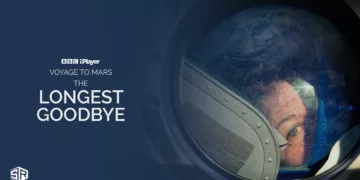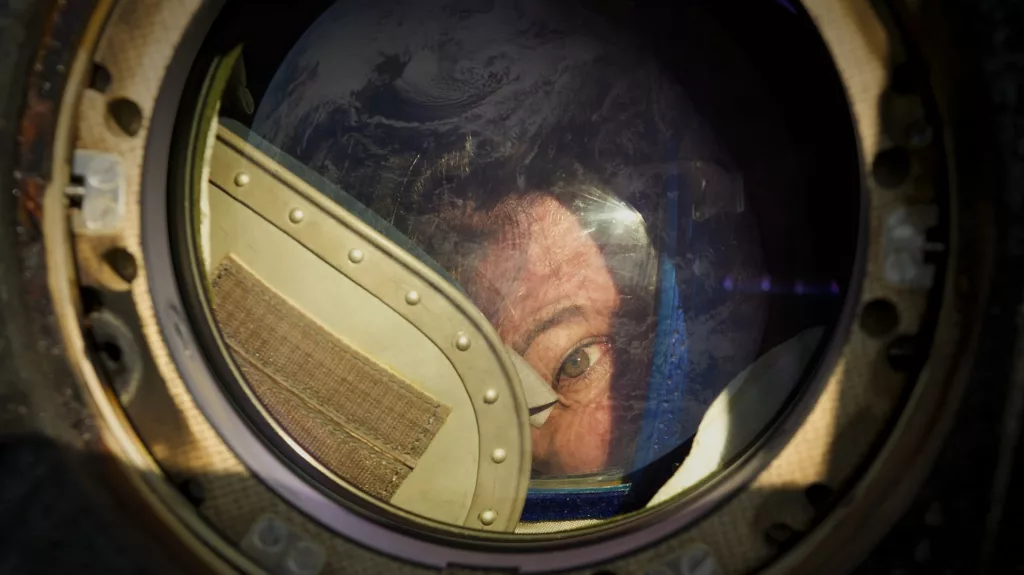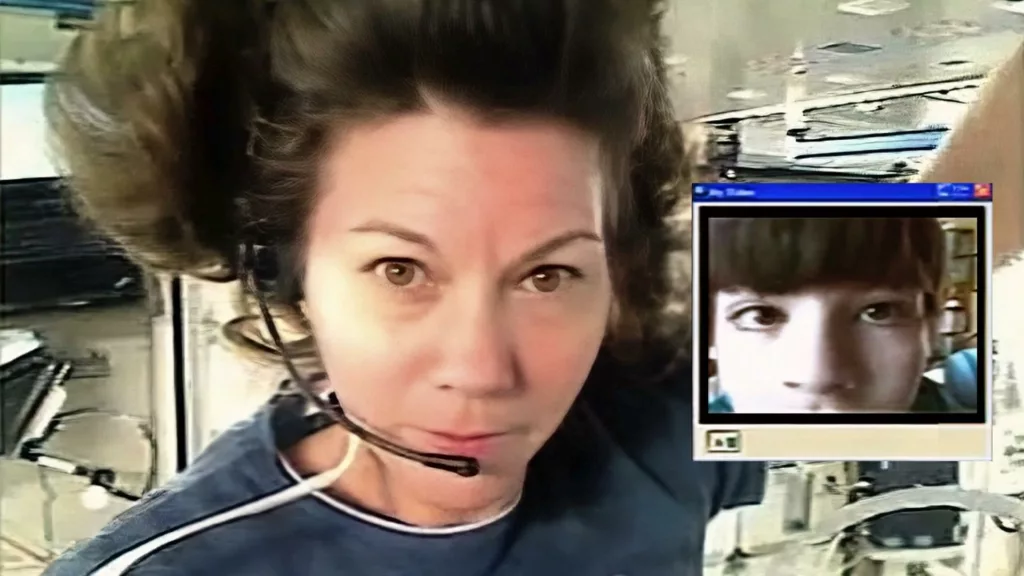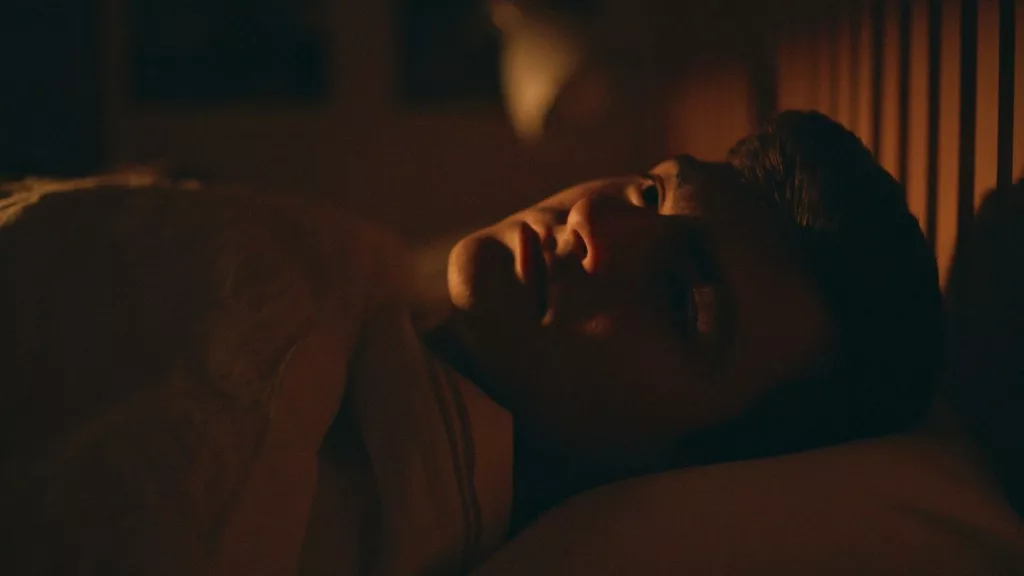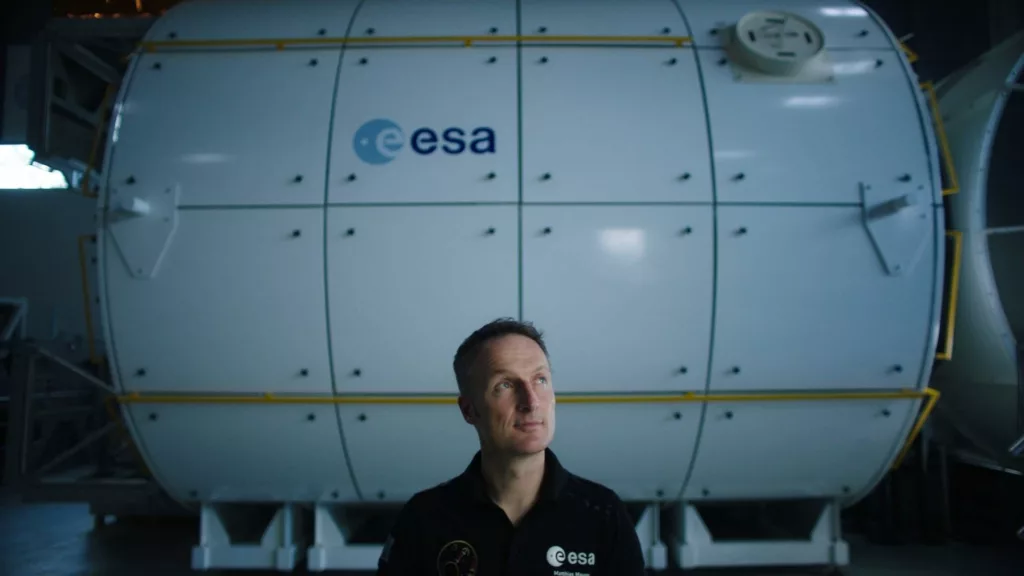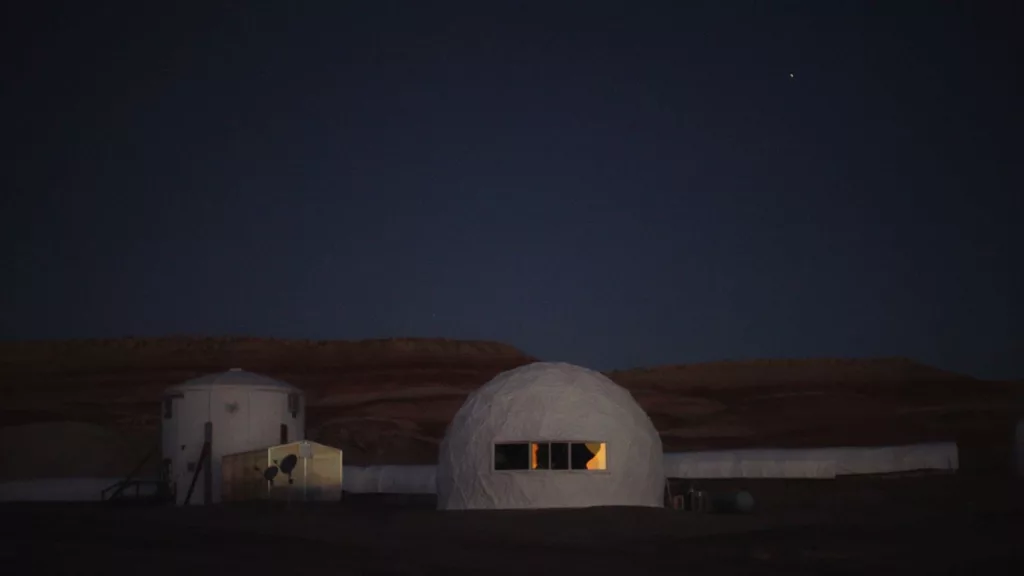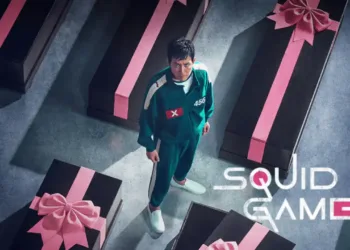As humanity edges closer to missions beyond our atmosphere, the challenges of long-term space travel come into focus. NASA psychologists are studying how isolation and confinement impact astronauts, and how critical social support is for those heading to Mars.
The documentary profiles Dr. Al Holland, tasked with establishing the space agency’s behavioral health program to address obstacles like prolonged separation. Subjects share how even six months on the International Space Station strains relationships and wears on well-being. But with communication lagging on a three-year Mars round trip, more robust solutions are imperative.
We meet some pioneering personalities who provide insight. Admiral Kayla Barron candidly discusses her choice to join Artemis and what a multi-year mission could mean for starting a family. Retired astronaut Cady Coleman recalls her 159-day shuttle mission through recollections alongside her son Jamey, who lived those months without his mother from a young age.
As these experiences show, the challenges are very real. But so too is our species’ innate drive to venture into the unknown. With careful preparation and understanding of our nature, perhaps we can thrive even among the loneliness of the stars.
Setting Sail on the Sea of Stars
Dr. Al Holland is at the heart of the story. As NASA’s chief psychologist, his mission is critical – keeping astronauts sound of mind despite the immense challenges of space. We join Al as he works to understand how prolonged isolation affects the body and soul, crucial insights as crewed Mars missions loom.
Two astronauts open a window into these challenges through frank, intimate reflections. Kayla Barron is poised to embark where few have trod, yet leaving her husband Tom brings uncertainties. Her story mirrors those who sail off to distant shores, longing for what they leave behind. Cady Coleman looks back on her own voyage some years past. Through clips of joy and frustration shared with her son Jamey, we see how the vast void between can strain even the closest of bonds.
Other specialists lend their expertise. Dr. Jack Stuster’s research suggests astronauts are often reluctant to acknowledge inner turmoil, instead focusing solely on the task at hand. But harboring difficulties can take their toll if left unchecked. Dr. Alexandra Whitmire and Dr. Jacquelyn Ford Morie explore how virtual realities and AI may someday remedy solitude, allowing hearts and minds to join together even when bodies are worlds apart.
This collection of experiences gives a rich sense of the triumphs and travails awaiting those who would reach for the stars. By gaining understanding of how isolation transforms us, perhaps we can ensure warriors of the cosmos find strength in our support, not despite our distance but because of our shared humanity.
Long-Term Space Travel Takes Its Toll
Spending extended time in space presents challenges unlike any other workplace. Just ask Cady Coleman, who lived aboard the International Space Station for over six months back in 2007. During her stay, Cady missed important events in her son’s life and struggled to maintain meaningful connections from so far away. Video calls home didn’t always work as planned, leaving both mother and son feeling isolated at times.
It’s situations like Cady’s that motivate researchers through NASA’s HERA program. By studying volunteers in simulated space missions here on Earth, the team hopes to better understand how isolation and confinement affect us. Their findings show these factors can disrupt sleep, lower moods, and raise stress—issues that could damage NASA’s most critical missions.
The strains are already there for ISS astronauts, keeping in touch with family for just half a year. But a trip to Mars would magnify things times ten, with crew facing barriers unprecedented in space travel. Communication delays would balloon to over 20 minutes each way. Friends and families couldn’t even share a live video chat; only pre-recorded messages sent long before would be available.
As the documentary reveals, these kinds of separations challenge even the closest of bonds. With no chance of coming home early, the well-being of astronauts risks falling through the cracks. Researchers race to devise solutions like virtual reality and AI assistants that can fill social voids. But until remote outposts bring Earth closer, a key hurdle remains ensuring the human spirit stays strong enough to reach for the stars.
Coping with Separation
Remaining positive amid prolonged separation from loved ones is no easy task, something the astronauts involved with long-term space missions understand all too well. For NASA, preparing for journeys like one to Mars also means anticipating how isolation may challenge the mental well-being of the crew.
A core part of the preparation has been research aboard the International Space Station. For years, astronauts lived and worked on the ISS, separated from family back on Earth. Their experiences provided key insights. We learn of journals kept by astronauts, privately tracking their feelings over periods away. Highs and lows were documented, as stress, homesickness and disrupted sleep routines took their toll.
Tasked with supporting crew welfare was Dr. Al Holland. We’re introduced to the Houston psychologist, brought in by NASA to establish the agency’s initial psychology team. Recognizing isolation as a risk, the team seeks to better understand influences on astronaut mental health during missions. Their work continues helping prepare astronauts, as journeys further into space loom.
Countering isolation forms another research priority. Ideas like virtual reality aim to immerse astronauts in family experiences on Earth. While the technology has evolved, delays remain. Artificial intelligence also debuts as a solution, though early companions like the ISS’ Cimon robot highlight the challenge. Where science fiction often presents a polished reality, real-world applications are works in progress.
Through determined researchers, though, like Dr. Holland, and the willingness of astronauts to candidly share challenges, NASA inches closer to ensuring crew resiliency where communication with home cannot be immediate. Their efforts move us further from fiction towards feasibly crewed missions across the solar system.
Witness the vibrant underground culture of Brazilian hot air balloon artists in our Balomania review. Discover the passion and creativity of the baloeiros as they defy laws to light up the night skies with their breathtaking creations. Experience the beauty and risks of this hidden tradition through the lens of filmmaker Sissel Morell Dargis.
Life Out Beyond the Blue
Kayla Barron offers rare insight into an astronaut’s mind in space. As a former Navy submariner used to separation from her husband, Kayla wasn’t prepared for the double-edged sword of ISS cameras. “They allow me to see loved ones, but I know I’m always on display,” she admits. The camera is both a comfort and an intrusion, reminding her no moment is truly private far beyond the Earth.
Such separation took its toll on Cady Coleman’s young son Jamey during her record-setting mission. Video calls from the station cheered him, yet lagging technology left an inescapable distance between child and mother among the stars. Years later, their bond remains unbroken though challenges linger in Jamey’s memory. Through their loving lens we see how relationships weather the vast emptiness between.
Whether days or lifetimes apart, few comprehend an astronaut’s solitary life like those who live it. The documentary offers candid outsiders a rare glimpse within, yet some feelings must remain unseen to reach the heavens. As Coleman explains, many astronauts hide inner worries to retain their place among the stars.
But by sharing scars of service with us, these adventurers remind that however far we roam, common ground dwells where human hearts have known each other’s touch. Their stories show that though fate may lead us on diverging worldly paths, shared moments can brighten even the longest goodbye.
Exploring What Lies Beyond
The psychological toll of space exploration presents challenges both familiar and unfamiliar. In Space: The Longest Goodbye, director Ido Mizrahy takes an insightful look at NASA’s efforts to understand the effects of isolation and consider new support solutions.
While NASA scientists work diligently to keep astronauts healthy, some parts of the documentary leave the viewer wanting more. The film introduces important questions about relying solely on scientific innovations, yet doesn’t explore these issues in depth. It also features intriguing storylines that do not reach a fully satisfying conclusion.
The documentary highlights astronaut Cady Coleman’s experience living alone in space for half a year, separated from her young son. Their video calls show the difficulties of disconnected communication. However, after establishing this moving story, the film does not return to further develop their relationship. We are also introduced to astronaut Kayla Barron and her husband preparing for a mission, but do not learn the ultimate impact on their family.
Some segments seem hastily inserted without strong relevance. Brief coverage of unrelated topics like mining accidents and Mars simulations distract from the central focus on isolation. CGI scenes attempting to illustrate concepts like virtual reality feel superficial and out of place.
Most curious is the lack of discussion around how artistic expression and culture could benefit astronauts. Despite footage of Cady playing the flute, the film neglects how music, artwork, storytelling or other creative outlets may lift morale. There appears no consideration of whether alternate approaches could effectively supplement STEM-driven solutions.
Ultimately, Space: The Longest Goodbye hints at profound issues worthy of deeper investigation. With a tighter narrative and more thorough exploration of open questions, it could have provided fuller understanding of the psychological voyage into the cosmos. Nevertheless, the film offers thoughtful insight into efforts to support bold individuals pioneering humanity’s journey toward the stars.
Facing The Void
Three years alone in a metal can hurtling through the black void, with no friends nearby and nobody to talk to for weeks on end. It’s enough to make anyone feel isolated and afraid. In The Longest Goodbye, we journey to the edges of human endurance as NASA prepares for missions deeper into space than ever before.
We meet the astronauts willing to risk it all, like Cady and Kayla, and see the mounting pressures they face as launch windows approach. But it’s not just physical dangers that could doom these voyages – it’s the toll on our minds. Through Cady’s story we glimpse what it does to a family, with her son Jamey learning resilience at a tender age. And in Kayla, we find the rare adaptability that might see her through prolonged separation from loved ones on Earth.
Guiding us is Dr. Holland, who understands that if heads aren’t held high on the flight deck, no ship will reach orbit. His team explore every option to bolster resilience, from VR worlds within worlds to robotic friends with feelings. Yet for all the preparation, some hurdles remain alone to clear. As the film shows, even Holland sheds tears for souls trapped between sky and soil, holding their breath until light returns.
The Longest Goodbye shines much-needed light on challenges ahead as the stars beckon ever more strongly. It proves a voyage of discovery in itself, even if leaving some destinations still unseen. By bringing such risks to the fore, it reminds us why each launch carries the hopes of billions who see beyond any one frontier, to the infinite possibilities that future uncover. For astronauts, their families and all winging spirit, may this only be the beginning.
The Review
Space: The Longest Goodbye
The Longest Goodbye delivers an important but mixed journey. While opening a window onto real human perseverance against the void, its scope feels tightened by constraints of time and access. Still, in stressing psychology over flashy fiction, it prompts reflection on challenges that may define tomorrow.
PROS
- Addresses real and complex issues of long-term space travel on human psychology
- Features compelling interviews with astronauts and experts
- Sheds light on important work by NASA to support astronaut mental health
CONS
- Covers some topics only briefly due to limited runtime
- Rushed feel from trying to pack in too much information
- Uneven access to subjects hinders depth on certain storylines
